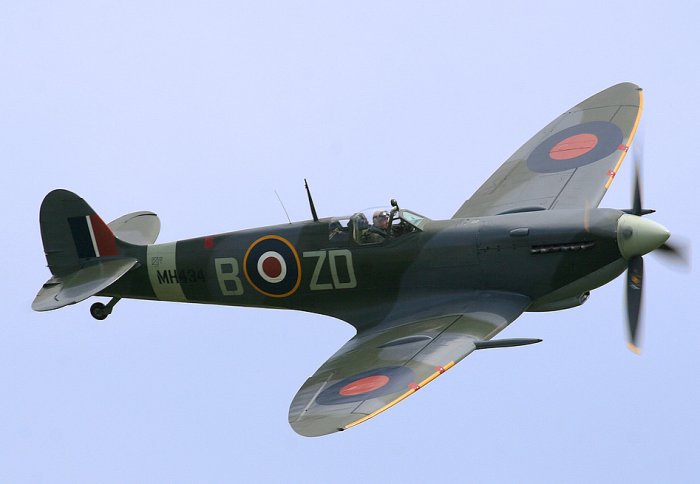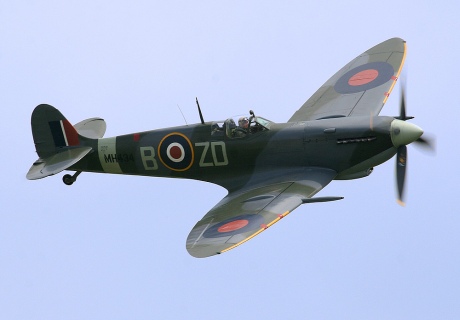Imperial researcher joins team to solve mystery of buried Spitfires
by Colin Smith

A Spitfire aircraft
Determining the fate of a squadron of Spitfire fighter aircraft is the focus of an expedition involving a researcher from Imperial College London.
Determining the fate of a squadron of Spitfire fighter aircraft, believed buried in the jungles of Burma, will be the focus of an aviation archaeological expedition involving a researcher from Imperial College London.
Dr Adam Booth, from the Department of Earth Science and Engineering, is part of a team who are preparing an archaeological expedition to the South East Asian country. The aim is to determine whether up to 60 unassembled Mark XIV Spitfire fighter planes were buried by British forces at the end of World War II. If proved right, the team – which also includes geophysicist Dr Roger Clark at the University of Leeds and professional archaeologists – believe their discovery could be one of the most fascinating finds in aviation archaeology.

The expedition could resolve once and for all if the RAF buried Spitfires in Burma 68 years ago.
The project was initiated by Mr David Cundall, an aviation enthusiast from Scunthorpe, UK. For the last 16 years, Mr Cundall has been gathering evidence from eyewitness accounts from US and British veterans and Burmese locals in an effort to piece together the facts behind the legend of the buried Spitfires. Mr Cundall believes that in 1945 up to 60 unassembled Spitfires were shipped to Burma in crates from the UK to help fight the Japanese Imperial army. At the end of the war, they were deemed surplus to requirement and buried in their crates untouched, in the jungle, next to an airbase that the RAF was abandoning. However the RAF, known for meticulous record keeping, has no written information about this event.
Dr Booth says: “Whether the planes were buried because it was easier than shipping them back to the UK or they were hidden to prevent them from falling into the wrong hands, no one quite knows. There has been much conjecture about whether this story is fact or fiction and this expedition could resolve once and for all if the RAF buried Spitfires at the site 68 years ago. If it is true, we could potentially bring back to life an iconic piece of our history.”
In a previous trip in 2004 to Burma, while a postgraduate at the University of Leeds, Dr Booth carried out a geophysical survey of the abandoned RAF airbase, which is now home to the busy Mingaladon Airport outside the city of Rangoon. Using an industrial scale ‘metal detector’ called an EM34, Dr Booth identified two areas of high electrical conductivity – an indicator that metal is present- which did not have any plausible geological explanation. The data were instead suggestive of buried metal and the team believes that this could be the location of the Spitfires.
In 2013, the team plan to return to Mingaladon Airport and carry out a full scale dig at the site. Dr Booth, who has previously helped on an archaeological project in Egypt to map the tomb of an ancient Egyptian priest, will carry out further geophysical surveys that will pinpoint the dig location. The team are certain that whatever is recovered will be of archaeological interest, but say their fingers are tightly crossed for Spitfire aircraft.
The Spitfire is a British single-seat fighter aircraft, which was designed as a short-range, high-performance interceptor aircraft. It was used by the Royal Air Force and many other Allied countries throughout the Second World War. It continued to be used as a front line fighter and in secondary roles into the 1950s. It was produced in greater numbers than any other British aircraft and was the only British fighter in continuous production throughout the war. Of the 22,500 Spitfires that were built only 300 survive in museums and private collections around the world today.
Article text (excluding photos or graphics) © Imperial College London.
Photos and graphics subject to third party copyright used with permission or © Imperial College London.
Reporter
Colin Smith
Communications and Public Affairs